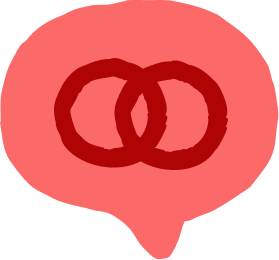Looking to create a survey with three phases of questions:
Phase 1: General
Phase 2: Related to Product A
Phase 3: Related to Product B
I need to be able to exclude, as needed, questions in Phase 2 and/or Phase 3 based on yes/no questions in Phase 1 (i.e. 1. Do you have Product A? y/n; 2. Do you have Product B? y/n).
As I see the logic jumps right now, if I need to exclude Phase 2 based on the Product A question, I cannot then ask the following question regarding Product B. The only rule I can establish would be that if Product A question is “no,” jump to questions after the related content. But there is no option to also tell the rule to also move on to the next question.
I guess it’s sort a weird parallel thing that might not be able to function?



